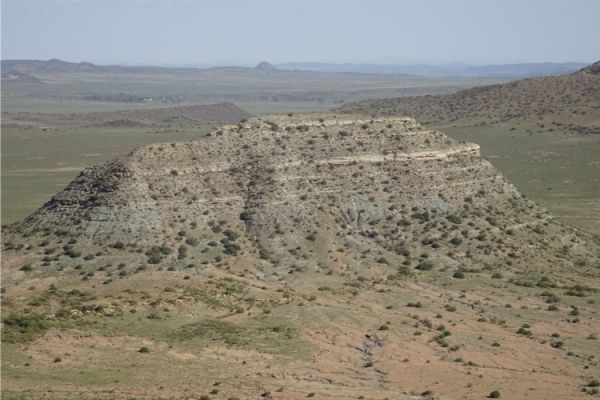The mass extinction at the end of the Permian Period 252 million years ago — one of the great turnovers of life on Earth — appears to have played out differently and at different times on land and in the sea, according to newly redated fossils beds from South Africa and Australia.
New ages for fossilized vertebrates that lived just after the demise of the fauna that dominated the late Permian show that the ecosystem changes began hundreds of thousands of years earlier on land than in the sea, eventually resulting in the demise of up to 70% of terrestrial vertebrate species. The later marine extinction, in which nearly 95% of ocean species disappeared, may have occurred over the time span of tens of thousands of years.
Though most scientists believe that a series of volcanic eruptions, occurring in large pulses over a period of a million years in what is now Siberia, were the primary cause of the end-Permian extinction, the lag between the land extinction in the Southern Hemisphere and the marine extinction in the Northern Hemisphere suggests different immediate causes.
Read more at University Of California – Berkeley
Photo: Researchers dated ash deposits from this hill, called a koppie in South Africa. The lower part of koppie Loskop exposes strata from before the end-Permian extinction (Palingkloof Member of the Balfour Formation), while the upper part contains layers deposited after the extinction (Katberg Formation). (Photo courtesy of John Geissman)


